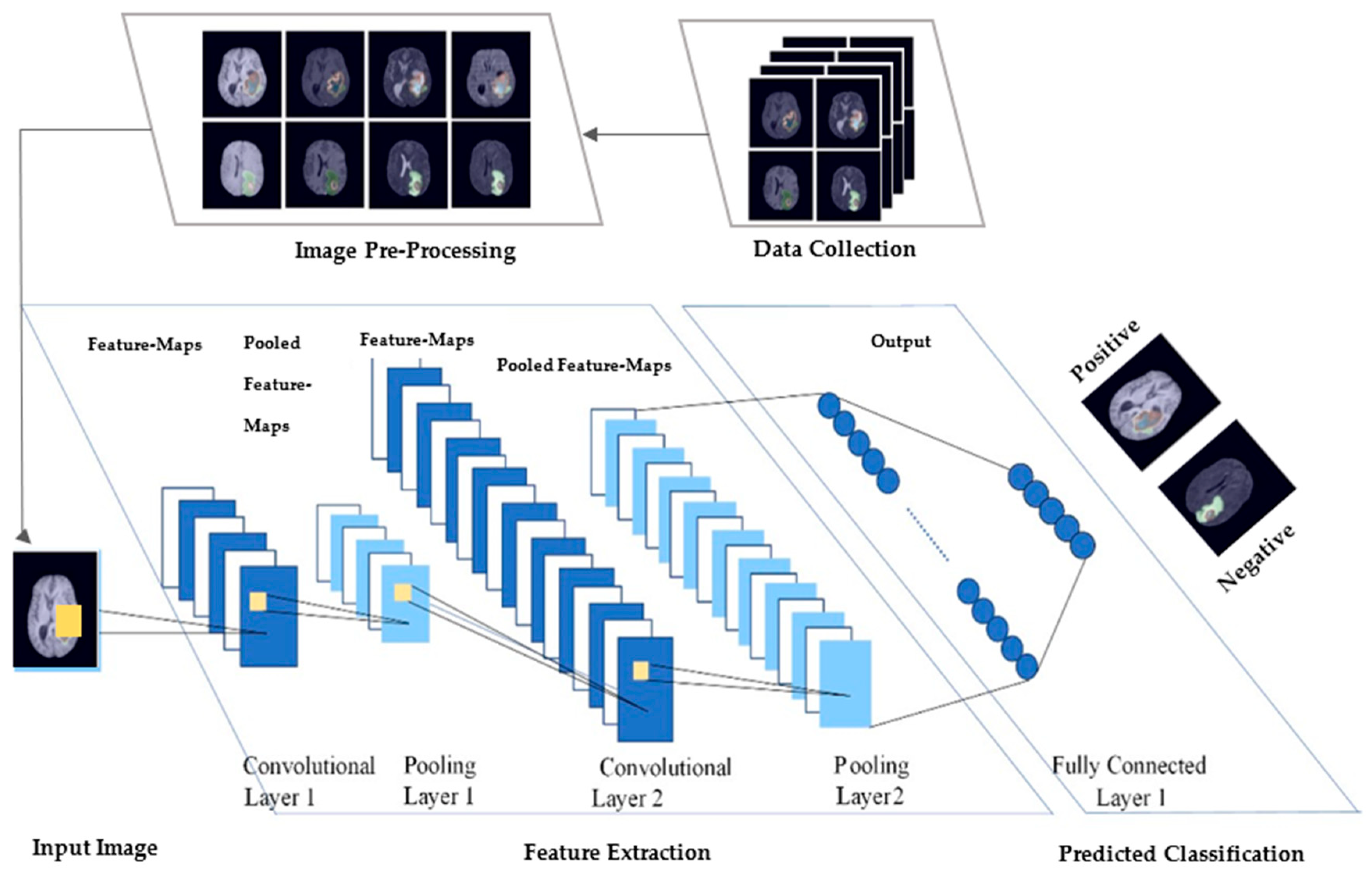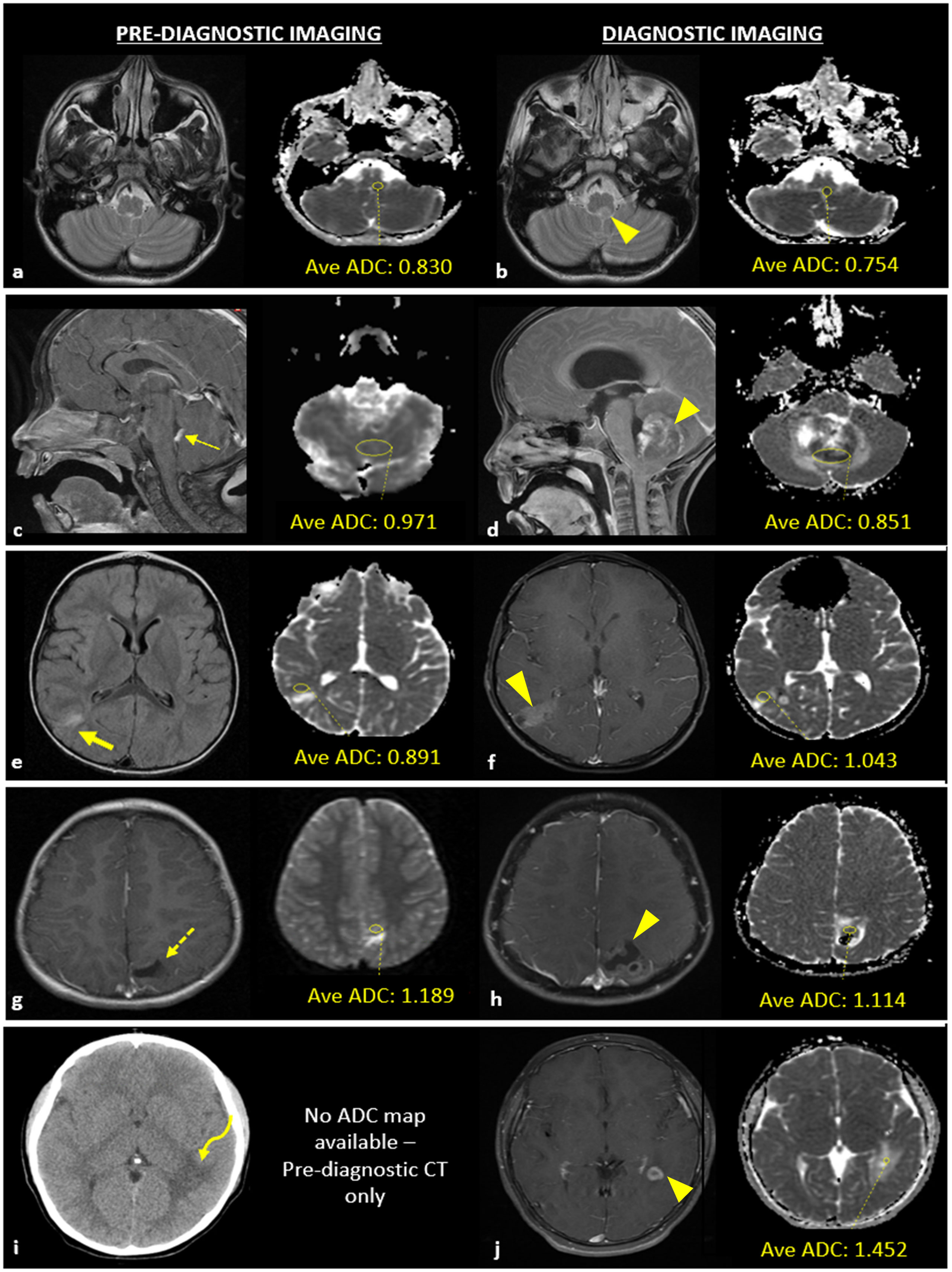
Alzheimer’s early detection is crucial for effective intervention and treatment of this debilitating disease. Recent advancements in research have illuminated innovative methods for identifying early Alzheimer’s signs, such as cognitive impairment tests and olfactory tests for Alzheimer’s. These tests, designed to assess an individual’s ability to perceive and remember scents, allow for convenient home testing that can reveal risk factors long before memory symptoms manifest. Researchers at Harvard-affiliated Mass General Brigham have pioneered an at-home olfactory test that could play a significant role in early detection of cognitive decline, especially amongst older adults. By recognizing Alzheimer’s symptoms sooner, these methods could provide invaluable support in developing proactive treatment strategies and improving patient outcomes.
The topic of early Alzheimer’s identification encompasses various strategies and methodologies aimed at recognizing the precursor signs of cognitive decline. This includes terms like cognitive dysfunction assessment, sensory perception evaluations, and the emerging home-based tests for Alzheimer’s disease. These alternatives highlight the importance of detecting changes in neurological function before noticeable symptoms arise, which can lead to timely interventions. With the focus on preventative care, the medical community is increasingly emphasizing innovative techniques, such as olfactory assessments, to forecast potential neurodegenerative conditions. By using these advanced techniques, we can not only enhance the quality of life for at-risk individuals but also contribute to a greater understanding of cognitive diseases.
Exploring Olfactory Tests for Early Alzheimer’s Detection
Recent studies highlight the potential of olfactory tests in the early detection of Alzheimer’s disease. Researchers at Mass General Brigham developed a straightforward at-home test that measures an individual’s capability to identify and remember different scents. This innovation is particularly significant as it allows individuals to assess their cognitive health without needing to visit a clinic. By utilizing odor labels placed on a card, participants engage in a simple yet effective cognitive impairment test that has shown promising results, especially amongst older adults with cognitive issues.
The correlation between olfactory dysfunction and Alzheimer’s symptoms provides a crucial insight into the disease’s early warning signs. Individuals exhibiting a decline in their sense of smell often face a higher risk of developing Alzheimer’s and related neurodegenerative conditions. This at-home test, which can be performed with minimal resources, aims to empower individuals to monitor changes in their sensory capabilities and ultimately seek early intervention, potentially delaying the progression of significant memory loss.
Key Advantages of Home Tests for Alzheimer’s Screening
The introduction of home tests for Alzheimer’s detection offers numerous advantages, such as accessibility and convenience. Many individuals may hesitate to undergo traditional cognitive impairment tests due to stigma or fear of diagnosis. Home tests, like the olfactory assessment, normalize the process and encourage proactive health management. These tools are designed to be non-invasive, cost-effective, and can be easily integrated into daily routines, making it simpler for older adults and their caregivers to monitor cognitive health.
Another notable advantage of these home tests is the potential for early diagnosis. Research underscores that recognizing early Alzheimer’s signs can lead to interventions that significantly improve quality of life. Allowing individuals to monitor their cognitive function regularly means that if any issues arise, they can address them promptly with healthcare professionals. Moreover, early detection through reliable testing encourages more informed discussions around treatment options and lifestyle adjustments that can mitigate the progression of cognitive decline.
Understanding Alzheimer’s Symptoms and Their Connection to Cognitive Tests
Alzheimer’s symptoms often begin subtly, making early detection crucial for effective intervention. Common signs include memory loss, difficulty concentrating, and challenges with language and problem-solving. The olfactory test has placed particular emphasis on the role of smell loss as a potential precursor to these cognitive impairments. This connection is vital, as it furthers our understanding of how sensory functions can indicate broader neurological issues. By integrating assessments of smell alongside traditional cognitive tests, caregivers and doctors may better evaluate a patient’s risk for developing Alzheimer’s.
Incorporating comprehensive cognitive impairment tests can provide a more complete picture of an individual’s cognitive health. These tests cover various domains, including memory, reasoning, and sensory processing. Research indicates a link between poor performance on these tests and the development of Alzheimer’s. Therefore, utilizing multiple testing methods—including the olfactory tests—creates a more robust framework for identifying those at risk and facilitating early, preventative measures.
The Future of Alzheimer’s Research with Noninvasive Tests
The advancement of noninvasive testing methods marks a new frontier in Alzheimer’s research, allowing for deeper insights into the disease’s origins and progression. With technologies like the olfactory test, researchers are now equipped with powerful tools that can be utilized in diverse populations. The hope is that these tests not only assist in early diagnosis but also aid in identifying biomarkers linked to Alzheimer’s, paving the way for new treatment strategies. Research updates from teams focused on neurodegenerative diseases reflect a growing optimism and collaboration around these exciting developments.
Future studies emphasizing olfactory testing could transform clinical practices by incorporating multi-language support, making these assessments accessible to varied demographic groups. The opportunity to follow patients over time and correlate olfactory performance with neuropsychological outcomes may lead to breakthroughs in understanding how Alzheimer’s develops. This trajectory signifies a paradigm shift towards preventive healthcare, where identifying risks early empowers patients and families to make informed decisions regarding their cognitive health.
Cognitive Impairment Tests: A Tool for Early Intervention
Cognitive impairment tests serve as essential tools for the early identification of potentially neurodegenerative conditions, including Alzheimer’s. These assessments help clinicians and individuals recognize changes that may signify the onset of cognitive decline. By implementing tests at home, patients can proactively engage with their cognitive wellness, leading to timely medical consultations and possible lifestyle changes that could mitigate disease progression.
The successful implementation of tests like the olfactory assessment in everyday settings also signifies a cultural shift towards proactive health management. Individuals are encouraged to monitor their cognitive function regularly, fostering an environment where the stigma around cognitive impairment is diminished. With proper education and resources, these tools pave the way for a future where early intervention becomes standard practice in addressing Alzheimer’s disease.
The Significance of Olfactory Dysfunction in Alzheimer’s Diagnosis
Olfactory dysfunction has emerged as a significant indicator in the comprehensive evaluation of Alzheimer’s disease. Evidence suggests that a reduced ability to recognize and identify odors can precede more commonly recognized symptoms of cognitive impairment. This unique aspect of olfactory testing allows for an early glimpse into the neural changes associated with Alzheimer’s, providing a valuable piece in the complex puzzle of this condition.
By focusing on olfactory dysfunction in conjunction with traditional cognitive impairment tests, healthcare providers can achieve a multidimensional understanding of a patient’s risk profile. Research indicates that as cognitive functions decline, so too does the ability to process scents. This relationship not only enhances diagnostic accuracy but also aids in forecasting the disease’s trajectory, ultimately allowing for better-tailored interventions and support.
Engaging Participants in Alzheimer’s Research Through Home Testing
Engagement of participants is crucial in the ongoing research to better understand Alzheimer’s disease. The development of home tests like the olfactory assessment encourages participation from diverse demographic groups who may otherwise lack access to traditional clinical settings. With an increased focus on making research more inclusive, these innovations can broaden the participant pool, leading to findings that are representative and generalizable.
Moreover, participant feedback regarding the ease of conducting tests at home plays an integral role in refining these tools. Researchers can gather insights on usability, cultural perceptions of cognitive testing, and individual experiences, enriching the data necessary for advancing Alzheimer’s research. This collaborative approach not only fosters deeper community engagement but also results in more effective diagnostic methods that cater to the needs of the population.
Implications of Early Sign Detection on Alzheimer’s Treatment
Detecting early signs of Alzheimer’s can significantly alter treatment and care strategies. Early identification through tests that assess cognitive function—like the olfactory test—can lead to timely medical intervention and potentially preventive measures that improve overall outcomes. This proactive approach enables healthcare providers to design personalized treatment plans tailored to an individual’s specific symptoms and stage of the disease.
Consequently, patients and their families can benefit from an understanding of the condition at its nascent stages. Tailored interventions may include lifestyle modifications, cognitive therapies, and pharmacological treatments specifically aimed at alleviating early symptoms. As research continues to evolve, the emphasis on recognizing Alzheimer’s early signs will undoubtedly revolutionize patient care and change the conversation around the disease.
The Role of Caregivers in Monitoring Alzheimer’s Symptoms
Caregivers play a vital role in the detection and management of Alzheimer’s symptoms. The implementation of home tests for the early identification of cognitive impairment can empower caregivers with the tools necessary to monitor changes in their loved one’s health. Understanding the nuances of Alzheimer’s symptoms in conjunction with the results from cognitive tests enables caregivers to advocate effectively for appropriate healthcare interventions.
Moreover, caregivers can benefit from educational resources that outline the signs of cognitive decline, including memory loss and sensory processing changes. This knowledge equips them to engage more effectively with healthcare providers, ensuring that their concerns are communicated clearly, and that early signs of Alzheimer’s receive the attention they warrant. Ultimately, the partnership between caregivers and healthcare professionals is essential in driving the conversation around Alzheimer’s care and treatment.
Frequently Asked Questions
What is the importance of early detection in Alzheimer’s disease?
Early detection of Alzheimer’s disease is crucial as it allows for timely interventions, potentially delaying symptoms and enhancing quality of life. Cognitive impairment tests, including olfactory tests, can identify individuals at risk years before memory symptoms emerge.
How does an olfactory test for Alzheimer’s work?
An olfactory test for Alzheimer’s assesses a person’s ability to identify and remember scents. Participants sniff odor labels on a card, with results indicating their olfactory function, which correlates with cognitive health. Poor performance may signal early Alzheimer’s signs.
What are early Alzheimer’s signs that can be detected at home?
Early Alzheimer’s signs may include memory lapses, difficulty focusing, and changes in smell. An at-home cognitive impairment test, particularly an olfactory test, can help individuals identify these signs early, facilitating timely medical advice.
Can a home test for Alzheimer’s accurately predict cognitive decline?
Yes, a home test for Alzheimer’s, particularly an olfactory test, has shown promise in predicting cognitive decline by evaluating smell discrimination and identification, which often decline in individuals with mild cognitive impairment, a precursor to Alzheimer’s.
What type of cognitive impairment test is effective for early Alzheimer’s detection?
Cognitive impairment tests, particularly olfactory tests, are effective for early Alzheimer’s detection. They measure a participant’s ability to recognize and recall smells, with declining scores potentially indicating a higher risk for developing Alzheimer’s symptoms.
| Key Point | Description |
|---|---|
| At-Home Test Development | Mass General Brigham researchers created an at-home olfactory test to identify those at risk of Alzheimer’s disease before symptoms appear. |
| Olfactory Tests | Participants sniff odor labels to assess memory and discrimination skills; lower scores indicate cognitive impairment. |
| Findings on Cognitive Impairment | Older adults with cognitive impairment scored lower compared to those without impairment, validating olfactory dysfunction as an early warning sign. |
| Multilingual Test Validation | The study included English and Spanish speakers; results were consistent across both language groups. |
| Future Research Directions | Further studies will explore neuropsychological testing alongside olfactory tests to project cognitive decline over time. |
Summary
Alzheimer’s early detection is crucial for timely intervention and treatment. Recent advancements have shown that olfactory tests can be instrumental in identifying individuals at risk of developing Alzheimer’s disease years before any notable memory symptoms appear. By utilizing simple at-home tests that assess scent memory and discrimination, researchers can potentially revolutionize early intervention strategies and enhance the predictability of cognitive decline. This innovative approach not only holds promise for Alzheimer’s research but may also aid in understanding other neurodegenerative diseases.




